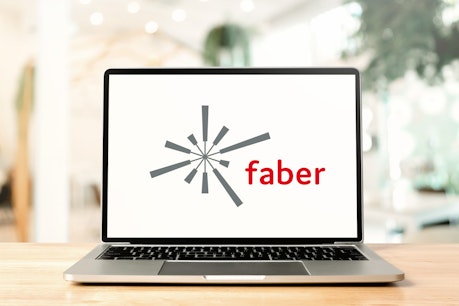Coaxial Cables
-

RG-cable
RG coaxial cables have their origin in the American MIL standard C17, but have been continuously developed since then. Most cables have a characteristic impedance of 50 or 75 Ohm, but there are also cables with other values. Their area of application i...
-

Sat/CATV-cable
SAT cables are used to connect the satellite antenna to the TV receiver or the cable TV (CATV), if necessary with intermediate amplifiers or switches. They always have an impedance of 75 Ohm and are offered with different screen variants.
-

video cable
Video cables are used to connect components of HF-bound transmission of video information. They always have an impedance of 75 Ohm and are offered with different types of screens and sheath materials.
All images shown here are for illustrations and product reference purposes only.
Freight cost extra. Prices plus metal regarding the daily market price.
Things to know about coaxial cables
Differences between coaxial cable types to look out for
Digital coaxial cables are used to transmit high-frequency signals. They are also called coax for short or, depending on their field of use, TV coaxial cable or coaxial aerial cable.
Faber offers you a wide choice of high-end coaxial cables with different wave impedance and attenuation values. We can provide your customers with RG cable types for particularly long distances and high frequencies. Our coaxial cables are well suited as digital satellite coax cables or for cable TV (CATV cables) but also for traditional radio and TV antennas (coaxial audio cables). Just contact us to find more information about different coaxial cable fittings, or if you are unsure about which coaxial cord is the right one for your applications. We will find the solution you need!
Shielded coaxial cables for digital SAT, TV coax and high-frequency and broadband communication
Coaxial cables consist of four main components: On the outside, a high-quality sheath protects the internals from external influences. On the inside, however, is a wire made from thin copper strands, also called the “core”, acting as the inner conductor. It is surrounded by the outer conductor, shielding the inner conductor from interferences. The dielectric—an insulation layer for added stability and for separating the two conductors—is located between inner and outer conductor.
The shielded insulation layer creates an electro-magnetic field between inner conductor and outer conductor—instead of inside the cable. This type of shielding is what makes coaxial cables so special and ensures this product’s high bandwidth.
Until just a few years ago, coaxial data cables were also used in computer networking. Today, Ethernet cables or Wi-Fi are far more prevalent here. For home or business use, however, coaxial cables are still very popular as aerial cables or to broadcast radio stations.


